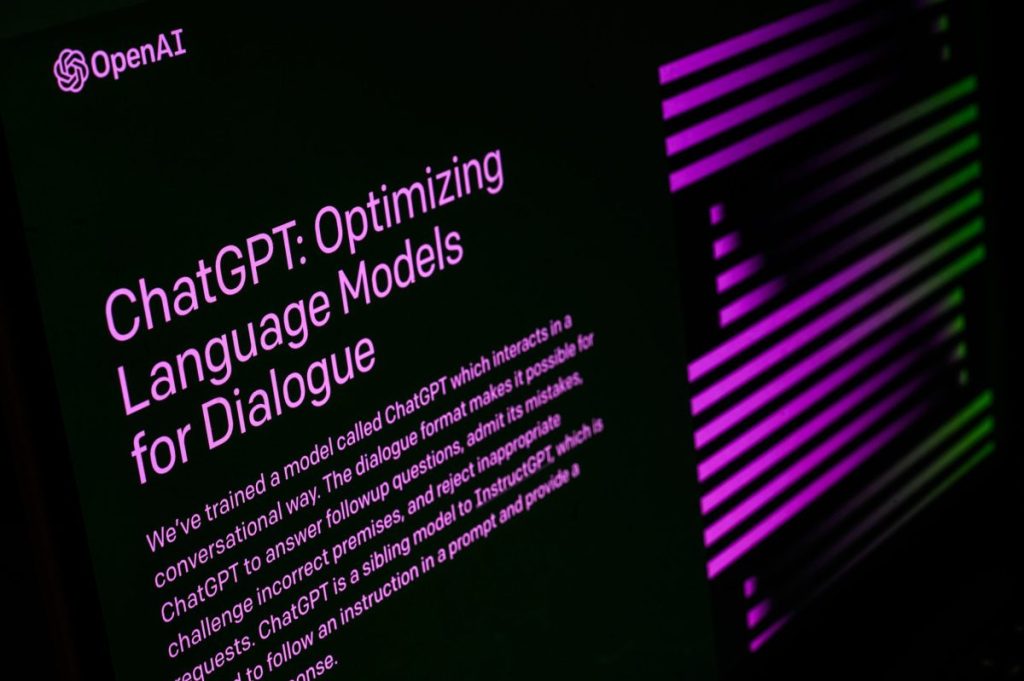ChatGPT: Your Essential Guide to OpenAI’s AI Chatbot Revolution

Since launching in November 2022, ChatGPT — OpenAI’s generative AI chatbot — has dramatically transformed digital productivity and conversation. Evolving from a tool for crafting essays and lines of code, ChatGPT now boasts hundreds of millions of weekly users and serves as a global reference point for where artificial intelligence is heading.
Milestones and Major Updates
2024 and 2025 have been pivotal for OpenAI. Major moves included a strategic partnership with Apple, notably integrating ChatGPT with Apple’s own AI suite, and the release of cutting-edge models like GPT-4o with advanced voice capabilities and Sora, their text-to-video generator. These product leaps coincide with the platform smashing past 400 million weekly users, doubling its user base in under six months.
Amid this growth, OpenAI has also faced internal and external challenges: leadership shakeups with top executives departing, high-profile lawsuits around copyright, and increased scrutiny from policymakers and competitors, particularly from China’s rising AI sector.
Latest Feature Rollouts and Research
- June 2025: OpenAI begins leveraging Google’s AI chips, expanding beyond its dependence on Nvidia for AI processing.
- A recent MIT study suggests ChatGPT usage may reduce critical thinking engagement, raising educational implications.
- ChatGPT’s app was downloaded nearly 30 million times last month on iOS alone — almost rivaling top social platforms.
- OpenAI launched o3-pro, an enhanced reasoning model, and upgraded voice capabilities for more natural dialogue and improved language translation.
- New business features include meeting recording and broader cloud connectors (e.g., Google Drive, Box), making ChatGPT more versatile for enterprise and research workflows.
Key Product Developments
- Novel coding agents (like Codex) streamline software tasks from bug fixing to documentation by automating repetitive developer work.
- Deep Research: ChatGPT’s research agent enables users and developers to connect with external repositories like GitHub for sophisticated code analysis.
- Advanced image generation, new model libraries, reminders/tasks, and enhanced voice assistants continually close the gap between ChatGPT and everyday user needs — both for individuals and organizations.
DeepFounder Analysis
Why it matters
The rise of ChatGPT marks a watershed moment for technology-driven startups and founders. Its rapid evolution not only showcases the pace of AI progress, but signals a new era where natural language interfaces, automation, and intelligent agents become core layers in digital products and services. For any startup, understanding how to leverage — or compete with — AI-powered tools has become table stakes. As major platforms (like Apple and Microsoft) integrate foundational AI into their ecosystems, barriers to experimenting with or distributing new tech ideas are lowered, but competition and user expectations are higher than ever.
Risks & opportunities
The integration of AI assistants into daily workflows introduces new market risks: startups may find their value propositions quickly eclipsed if they rely on simple automation or undifferentiated productivity features built on general-use AI platforms. However, there’s vast opportunity for founders who can layer niche capabilities, vertical data, or domain expertise on top of core AI infrastructure. For example, deep integrations with industry data (legal, financial, healthcare) or regulatory workflows can create defensible positions. Furthermore, responsible use of AI for education and critical thinking (in light of the MIT study) offers a space for startups to build AI-powered tools that teach or augment, not just replace, human reasoning.
Startup idea or application
An original concept: a vertical SaaS platform that leverages generative AI agents to automate peer-reviewed research tasks inside highly regulated industries. For example, a startup could build a secure plugin for legal professionals that uses ChatGPT’s latest research and cloud connectors to draft, review, and validate legal documents, surfacing citations and regulatory risks automatically, all within client confidentiality constraints. Alternatively, developers could create parental/educational AI tools that prompt critical thinking by challenging student responses and explaining reasoning steps, rather than supplying direct answers.
Frequently Asked Questions
What is ChatGPT? An AI-powered chatbot by OpenAI using the advanced GPT-4o model to generate human-like text and assist with research, coding, creativity, and more.
Who can use it? ChatGPT is accessible for free (with account sign-in) and via paid tiers, serving individual users, enterprises, and even government agencies. Mobile and web access is supported.
What are its limits? While powerful, ChatGPT occasionally produces factual errors, struggles with nuanced context, and may pose data privacy or copyright risks if not managed responsibly.
Emerging Challenges and Controversies
As ChatGPT’s reach has grown, so too have controversies—from copyright lawsuits and regulatory battles to emerging ethical issues around plagiarism, misinformation, and educational integrity. Major tech companies and educational systems alike are debating how best to integrate AI, with some restricting use to prevent shortcuts in learning, while others harness its potential for more effective onboarding and productivity.
Further Reading & Resources
Looking to explore AI, entrepreneurship, or AI-powered productivity for your startup? Visit Deep Founder for practical guides and resources.
For related topics, see Deep Founder blog. Interested in the intersection of legal tech and AI? Read about the $1B Clio-vLex deal or explore next-gen procurement with Levelpath in our recent posts.
AI ChatGPT OpenAI Startup Insights Product Updates
Visit Deep Founder to learn how to start your own startup, validate your idea, and build it from scratch.
📚 Read more articles in our Deep Founder blog.

Comments ()